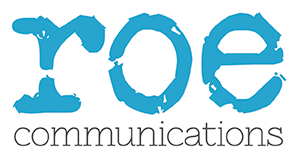Many business schools use third party rankings across their marketing activities. But with new research calling for changes to the way that rankings are compiled, have business schools become too reliant on them? Or is there a smarter way to use them in promoting business schools to prospective students and clients?
There is a long running debate about the validity of business school rankings. The latest salvo comes in the June edition of Decision Sciences. In it, academics from 21 schools have published a paper calling for changes to the way that ranking systems are put together. They question the methodology and purpose of numerical ranking systems created by various publications.
Despite their detractors, rankings provide a useful, but broad guide for prospective business school customers. These might include individuals looking for MBA programmes and key decision-makers such as Learning & Development Directors sourcing an Executive Education provider. In CarringtonCrisp’s Tomorrow’s MBA Study 2016, 55 per cent of prospective MBA students agreed that rankings are only one of the factors they consider. It’s why business schools place such importance on being on the initial shortlist of a rankings table.
However, some business schools could improve the way they engage and use the rankings in their PR and marketing.
First, schools should make a strategic decision on how rankings are publicised. Many schools will shout from the rooftops and include a good result on all materials, only to go very quiet if the school drops down the table in the following year. For transparency and consistency, it’s better to report each year’s result in an even-handed way. As each ranking is published, social media tends to be awash with each school proclaiming to be No 1 in this category or region. It’s fine to recognise the result, but with the knowledge that positions can go up and down.
Second, whilst being proud of rankings results, efforts should concentrate on promoting what makes a school different. This could be its location, teaching methodology, alumni, clients, faculty, or research. The problem with rankings is that they are short-term (12 months before the next edition appears). This leads schools to say very similar things – we are in the top 5, 10, etc. If you have something that really differentiates you from the competition, make that the lead item in your marketing – not your rankings position.
Third and lastly, differentiation only works if the internal reality and external marketing are aligned. A key practical step is to ensure the school has good internal communications processes, so key external messages are shared throughout the organisation and not just confined to the central marketing department. In return stories and news from across the organisation can be shared to bring the key messages to life, and differentiate the school.
In summary, rankings are here to stay, but should only be treated as one measure of a school’s success.
